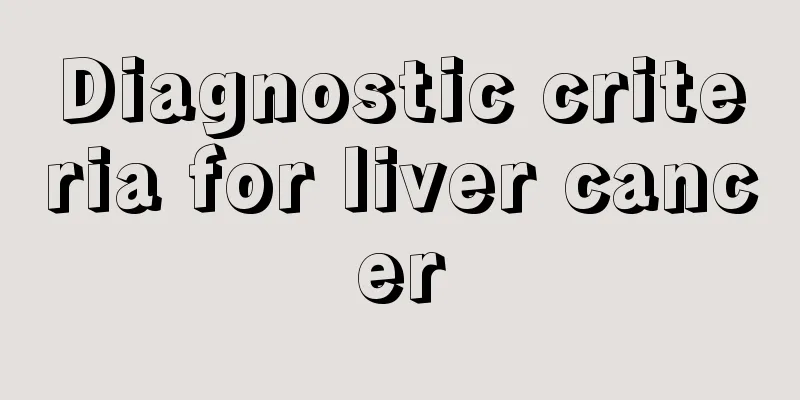How to check if you suspect laryngeal cancer

|
What tests should be done if I suspect laryngeal cancer? Recently, I always feel a foreign body in my throat, my voice is hoarse, I have difficulty breathing and coughing up blood. I checked online and found that the symptoms are very similar to those of laryngeal cancer. I suspect that I have laryngeal cancer and want to get a diagnosis as soon as possible. So what tests should be done for laryngeal cancer? The following cancer experts will give you a detailed introduction: 1. Neck examination This includes inspection and palpation of the laryngeal shape and cervical lymph nodes to check for laryngeal cancer. For palpation of cervical lymph nodes, the cervical lymph nodes should be checked step by step from top to bottom and from front to back according to the distribution pattern of cervical lymph nodes to find out the location and size of the swollen lymph nodes. 2. Laryngoscopy Indirect laryngoscopy is a commonly used method for examining laryngeal cancer in clinical practice. Only when the indirect laryngoscopy examination is unsatisfactory or it is difficult to obtain pathology, direct laryngoscope and fiberoptic light guide can be used to further understand the situation of tumor invasion in the larynx, and tissue can be obtained in time for suspected lesions and sent for pathological examination. 3. Imaging examination for laryngeal cancer (1) X-ray examination: X-ray lateral laryngeal films and anteroposterior laryngeal tomographic films can clarify the general location, size, shape of the lesion and changes in the cartilage, trachea or anterior cervical soft tissue. If necessary, laryngeal angiography can be performed. (2) CT and MR examinations: They are helpful in determining the extent of tumor growth in the larynx, the extent of external invasion, and the status of cervical lymph node metastasis, which is especially helpful for patients in the advanced stage. (3) Ultrasonic tomography: A method for detecting laryngeal cancer used to detect enlarged lymph nodes in the neck, determine their location and relationship with surrounding tissues, and for follow-up examinations after postoperative radiotherapy. It has the advantages of being non-destructive, convenient, accurate, low-cost, and can be performed repeatedly. |
<<: Sequelae after laryngeal cancer surgery
>>: Nursing diagnosis before laryngeal cancer surgery
Recommend
What should lung cancer survivors pay attention to in their diet? Four dietary considerations for lung cancer survivors
Lung cancer has seriously endangered the health o...
Irregular treatment leads to a sharp increase in lung cancer patients
Why is lung cancer a disease with such a high mor...
Why does the left eyelid twitch?
Everything has its scientific basis. What we usua...
How can I make my fingers thinner if they are thick
Everyone's fingers are different, some are wh...
Symptoms before death from advanced esophageal cancer
In life, there are always some people who do not ...
Why do nostrils get bigger?
The human nostrils also need to be cared for. If ...
How to delay epiphyseal closure?
For younger children, the knee joint is not compl...
How effective is the electronic mosquito killer lamp
Electronic mosquito lamps are the most commonly u...
Is Shujincao the same as Shenjincao?
Shujincao and Shenjincao are two common herbal pl...
How to check for early stage nasopharyngeal carcinoma
How to detect nasopharyngeal carcinoma in its ear...
What are the dangers of ovarian cancer
Nowadays, with the improvement of the quality of ...
How risky is it to install a pacemaker
Pacemakers are currently the best way to solve ma...
What are the prevention methods of bladder cancer? Three major methods can keep you away from bladder cancer
Bladder cancer is a common malignant tumor in the...
What should you eat for early stage lung cancer? Four dietary taboos for early stage lung cancer should be remembered
For patients with early lung cancer, in addition ...
Measure obesity index
As living standards continue to rise, the number ...









